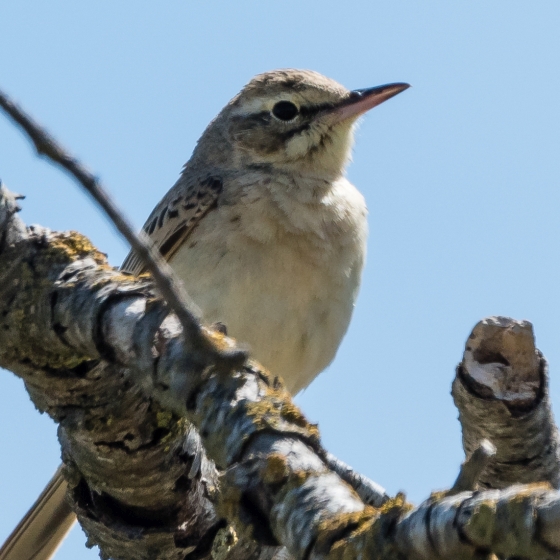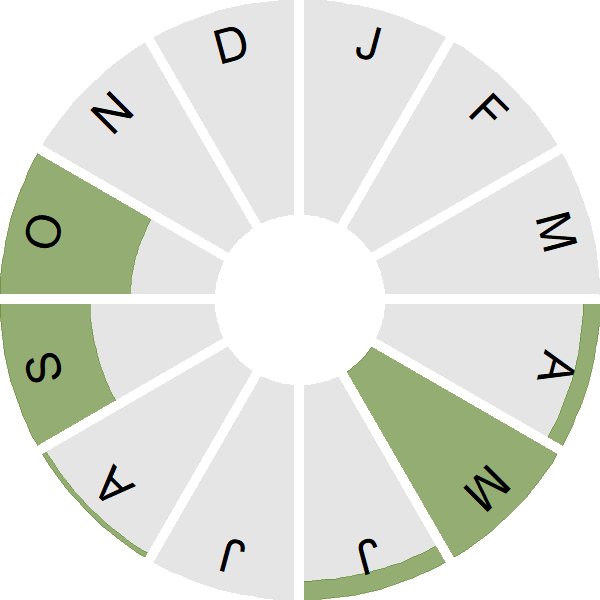Tawny Pipit

Introduction
With a dozen records per year, Tawny Pipit is a scarce visitor to Britain & Ireland. Records peak during spring and autumn passage, and most come from southern England and southern Ireland.
Tawny Pipit breeds across much of southern and central Europe, its breeding range extending east to Mongolia. Individuals winter from central west Africa, east through Arabia and on to India.

Key Stats
Identification
Songs and Calls
Flight call:
Status and Trends
Conservation Status
Population Size
Population Change
Population trends of this scarce species are not routinely monitored.
Distribution
This species is a rare vagrant and was recorded during Bird Atlas 2007–11 as shown on the map.
Occupied 10-km squares in UK
or view it on Bird Atlas Mapstore.
or view it on Bird Atlas Mapstore.
European Distribution Map
Distribution Change
This vagrant is too rarely reported to map distribution change.
Seasonality
This species has been too rarely reported to BirdTrack during 2011–22 to properly assess seasonality.
Movement
Britain & Ireland movement
Biology
Survival and Longevity
Survival is shown as the proportion of birds surviving from one year to the next and is derived from bird ringing data. It can also be used to estimate how long birds typically live.
Classification, names and codes
Classification and Codes
- Order: Passeriformes
- Family: Motacillidae
- Scientific name: Anthus campestris
- Authority: Linnaeus, 1758
- BTO 2-letter code: TI
- BTO 5-letter code: TAWPI
- Euring code number: 10050
Alternate species names
- Catalan: trobat
- Czech: linduška úhorní
- Danish: Markpiber
- Dutch: Duinpieper
- Estonian: nõmmekiur
- Finnish: nummikirvinen
- French: Pipit rousseline
- German: Brachpieper
- Hungarian: parlagi pityer
- Icelandic: Sandtittlingur
- Irish: Riabhóg Dhonn
- Italian: Calandro
- Latvian: (stepes cipste), lauku cipste
- Lithuanian: dirvoninis kalviukas
- Norwegian: Markpiplerke
- Polish: swiergotek polny
- Portuguese: petinha-dos-campos
- Slovak: labtuška polná
- Slovenian: rjava cipa
- Spanish: Bisbita campestre
- Swedish: fältpiplärka
- Welsh: Corhedydd Melyn

